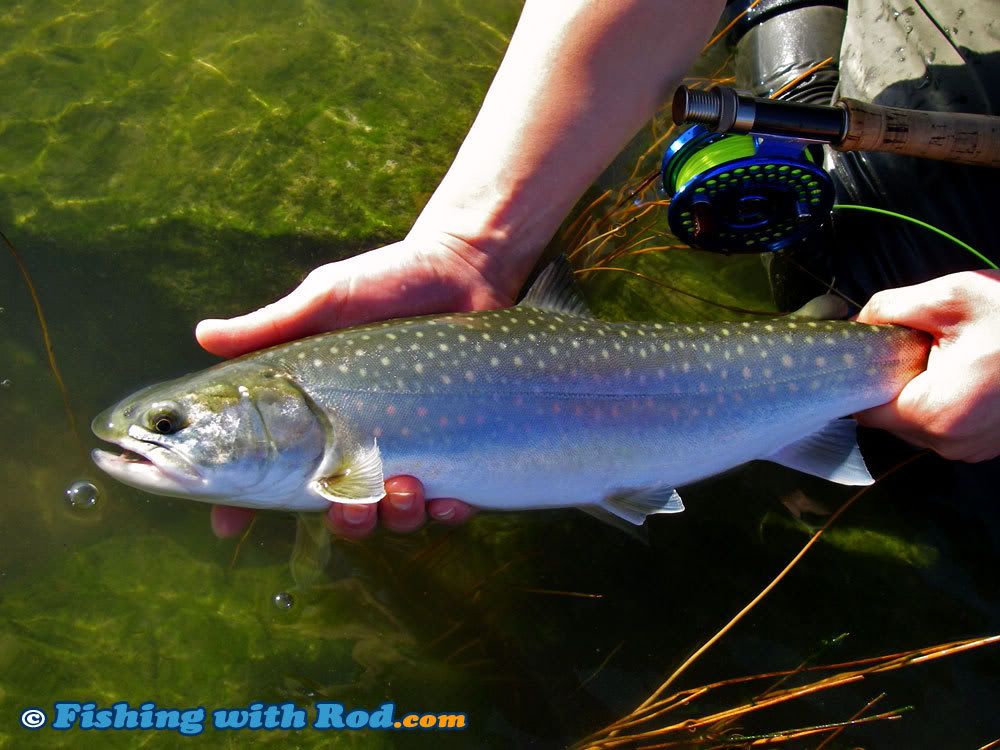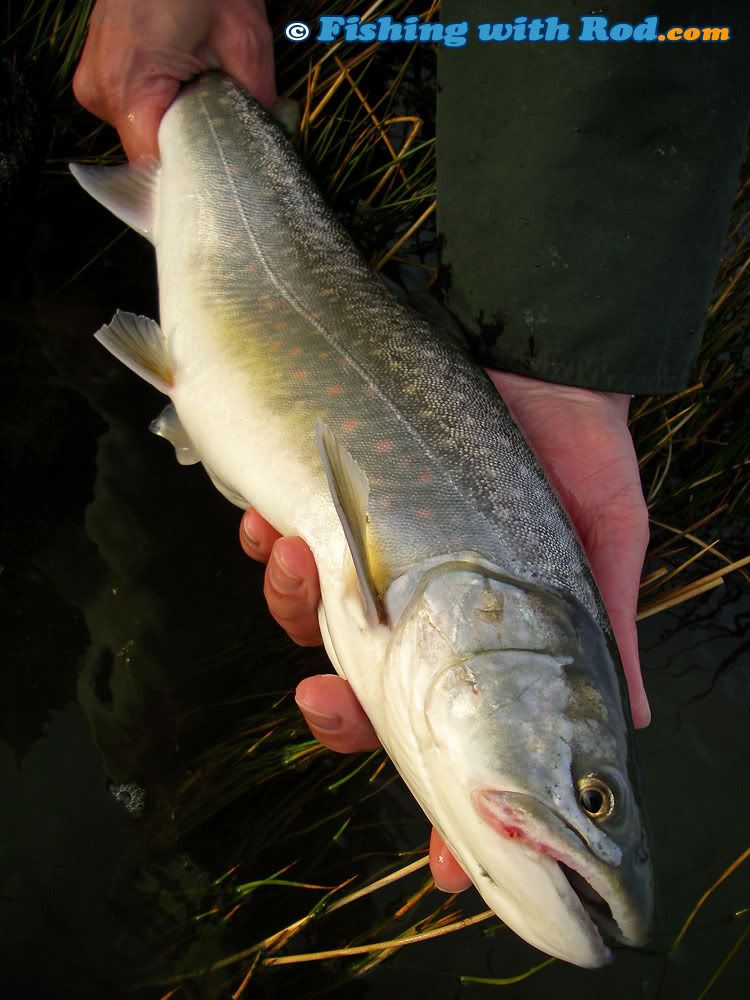Dave, majority of these fish are most likely originated from the Pitt as my last batch of DNA samples to Taylor indicated that. The second origin would be the Chilliwack River watershed. Here is a quote from
the paper that used these samples a few years ago.
Although our recreational fishery sample is a small one, it was obtained over a number of years and from diverse locations in the lower 20 km of the Fraser River. The microsatellite-based classification of bull trout sampled from the lower Fraser River recreational fishery produced two clear results. First, our data indicate that certain river systems apparently do not contribute fish to this fishery (e.g., most middle–north coast rivers, Phelix Creek). Second, although a diversity of populations probably contributes to the recreational fishery for bull trout, the catch appears to be dominated by fish from the Pitt River drainage. As might be expected owing to their general proximity to the lower Fraser River, tributaries such as Pitt Lake and upper Pitt River and the Chilliwack River contributed most to fish caught in the fishery. It is perhaps not surprizing that the Pitt River system is a major contributor because it is the first major bull trout-supporting watershed upstream of the sample locations in the lower Fraser River. In addition, extensive mark– recapture data (N > 200 fish) revealed considerable movement of bull trout between the upper Pitt River and many areas in the lower Fraser River (A. Stobbart, Fisheries and Oceans Canada, 38620 Bell Road, Dewdeny, BC V0M 1H0, unpublished data). Perhaps less expected, however, were the apparent contributions of some fish from more distant localities in the Fraser River drainage (e.g., upper Lillooet River and its tributaries) and outside the Fraser River (e.g., Squamish River).
The bigger one from yesterday does look like a spawned out fish but I actually think it was just skinny. Some of the spawned out fish I've caught down here are much skinnier than that, like this one from exactly one year ago. It was easily over 20 inches long but it looked and behaved like a snake.

Here's one from that same day, the length and girth ratio is much more proportional.

They usually start popping up in the Fraser estuaries in early October and most of them are skinny. We catch them throughout the winter until down migration of salmon fry begins and during this time they would put on weight.
Late November last year.

Late February this year.

Early April this year.

It'd be interesting to know where these fish come from in October (upstream or marine), if they are the same fish that stay around here in the winter months, what they feed on, where do they go after juvenile salmon out-migration finishes in spring. A spaghetti tagging program would answer most of that.

So far I've collected DNA samples from 14 fish since early October and I have yet to re-caught a sampled fish yet, even though I've focused on the same area quite a bit so there are quite a few around.

It'd also be interesting to know if the dominant bull trout population has an impact on the seemingly shrinking cutthroat trout population in the Lower Fraser River.

 Author
Topic: Tidal Fraser River, November 1st 2009 (Read 2396 times)
Author
Topic: Tidal Fraser River, November 1st 2009 (Read 2396 times)

